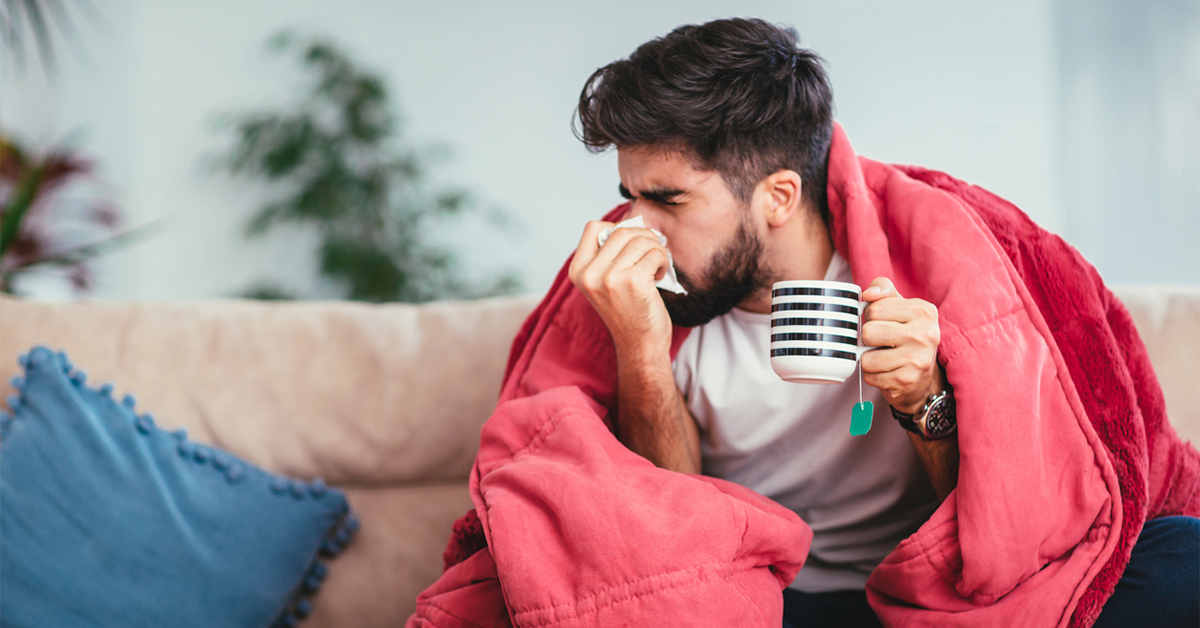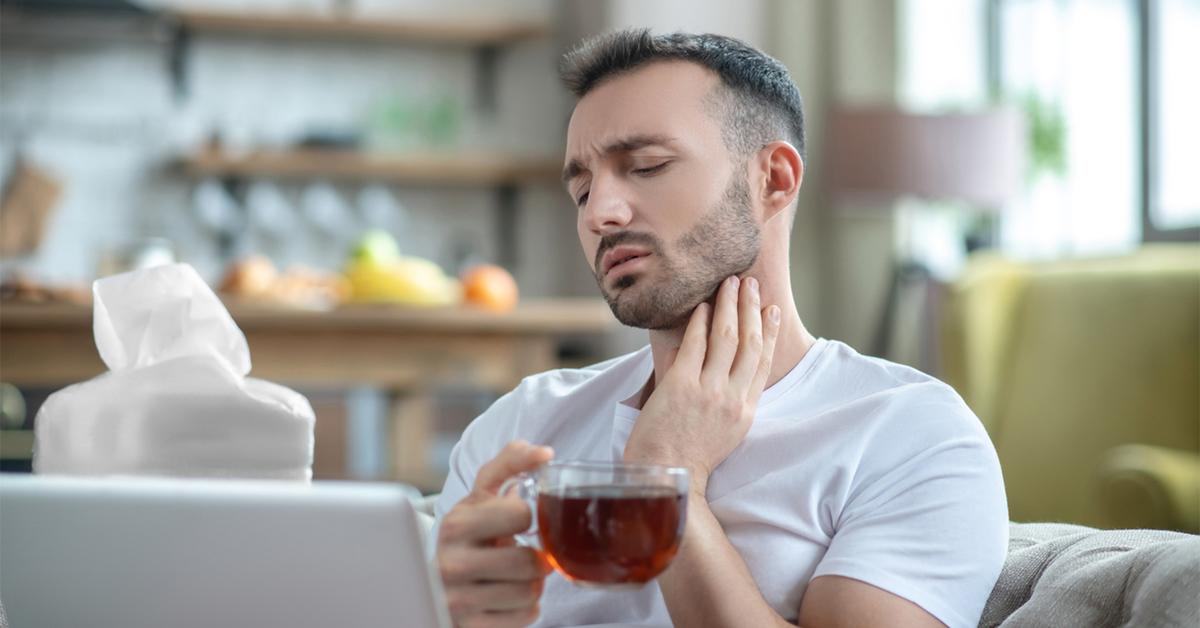We all love soaking up the Minnesota sunshine—but even on cloudy days, the sun’s rays can harm your skin. At Welia Health, we’re committed to your lifelong well-being, and that includes protecting your body’s largest organ: your skin.
You may think sunscreen is just a summer essential, but daily sun protection is just as important as brushing your teeth. That’s because the sun emits ultraviolet (UV) radiation throughout the year, even on overcast days.
Understanding the risks
Ultraviolet radiation is made up of two main types of rays that affect the skin in different ways:
- UVB rays cause sunburn by damaging the outer layers of your skin. They also play a direct role in the development of skin cancer.
- UVA rays penetrate more deeply, breaking down collagen and elastin. This leads to premature aging—think wrinkles, sagging, and discoloration. UVA rays can also weaken your skin’s immune defenses and contribute to cancer.
“A little sun exposure adds up over time. Wearing sunscreen daily is one of the simplest, most effective things you can do to protect your health, Think of it as daily armor for your skin.”
Jack Schwinghamer, MD
Welia Health Family Medicine Physician
Why sunscreen matters every day
Sunscreen forms a protective barrier—absorbing or reflecting UV rays before they can do harm. Using sunscreen consistently can:
- Lower your risk of skin cancer. Minnesota has one of the highest melanoma rates in the US. Daily sunscreen use is a powerful way to reduce your risk.
- Prevent premature aging. Protecting against UVA damage helps keep your skin looking youthful.
- Protect against sunburns. Sunscreen guards skin cells from the intense damage caused by UVB exposure.
- Even out skin tone. It helps prevent dark spots and hyperpigmentation caused by sun exposure.
- Calm inflammation. Sunscreen can reduce redness and irritation triggered by UV rays.
How to make sunscreen a daily habit
Daily sun protection doesn’t have to be complicated. A few simple steps can make it second nature:
- Choose a broad-spectrum sunscreen. This means it protects against both UVA and UVB rays. Look for products labeled “broad-spectrum” by the FDA.
- Use SPF 30 or higher. SPF 30 blocks nearly 97% of UVB rays. Higher SPFs offer slightly more protection.
- Apply generously. Use about one ounce (a shot glass full) to cover exposed skin.
- Apply before heading outside. Give it 15–30 minutes to absorb before sun exposure.
- Reapply often. Every two hours—and immediately after swimming or sweating.
- Don’t skip common trouble spots. Remember your ears, neck, scalp (especially if hair is thinning), and tops of feet.
- Use sunscreen even when it’s cloudy. Up to 80% of UV rays can pass through clouds, making sun protection important year-round.
Sunscreen isn’t the only defense
While sunscreen is essential, complete sun protection involves a few more habits:
- Seek shade during peak sunlight hours (10 AM to 4 PM).
- Wear protective clothing—look for UPF-rated garments and tightly woven fabrics.
- Top it off with a hat. A wide-brimmed hat shields your face, ears, and neck.
- Protect your eyes. Wear sunglasses that block 100% of UVA and UVB rays.
Check out this previous post, Save your sight: Protect your eyes in the summer, for more on protecting your eyes.
Invest in your skin’s future
Protecting your skin now pays dividends later. By making sun safety part of your daily routine, you’re not just preventing sunburn—you’re reducing your risk of long-term damage and disease.
If you have questions about choosing the right sunscreen or how to protect your skin effectively, your Welia Health provider is here to help. Call Welia Health at 320.679.1212. Request an appointment online, or log onto MyChart today!













